Utilizing CTRL+ALT+DEL in Remote Desktop Protocol (RDP)

In the world of remote desktop connections, the CTRL+ALT+DEL keyboard shortcut holds significant importance. It allows users to access crucial functions such as the Task Manager, lock the computer, switch user accounts, and more. However, when it comes to using CTRL+ALT+DEL in the Remote Desktop Protocol (RDP), there are a few considerations to keep in mind. In this comprehensive guide, we will explore the various methods and techniques to effectively utilize CTRL+ALT+DEL in RDP, ensuring a seamless remote desktop experience at TryRDP.
Why Use CTRL+ALT+DEL in Remote Desktop?
Before delving into the intricacies of using CTRL+ALT+DEL in RDP, let’s understand why this keyboard shortcut is so important. CTRL+ALT+DEL is a powerful combination of keys that Windows users rely on for a range of tasks. Primarily, it is used to open the Task Manager, allowing users to monitor and manage running processes and applications.
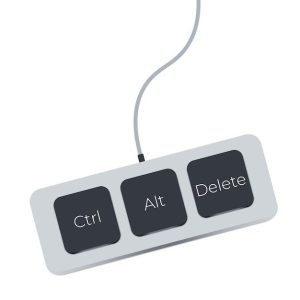
Additionally, it provides options to lock the computer, switch user accounts, change passwords, and access essential system functions. With these features just a keystroke away, CTRL+ALT+DEL is undoubtedly one of the most valuable keyboard shortcuts in the Windows ecosystem.
What Does CTRL+ALT+DEL Do?
When you press CTRL+ALT+DEL on a TryRDP’s Windows RDP, it typically opens the Task Manager, providing a comprehensive view of running processes and system performance. The Task Manager allows you to monitor CPU and RAM usage, terminate unresponsive applications, and troubleshoot performance issues.
In addition to the Task Manager, Sending the CTRL+ALT+DEL command in Windows 10 or 11 triggers a menu to appear, offering the following options:
- Lock
- Switch user
- Sign out
- Change password
- Task Manager
This command serves as a security-related feature and provides a means to halt a frozen program. At times, the operating system might freeze while waiting for an application to finish, and this is where the Ctrl-Alt-Del sequence becomes useful. In such instances, Control Alt Delete serves two primary purposes:
- Forcing the closure of applications once the task manager is accessed.
- Rebooting the machine.
The combination of these keys and the necessity to press them simultaneously is intentional, aiming to prevent accidental system reboots.
How to Use CTRL+ALT+DEL in RDP?
When it comes to using CTRL+ALT+DEL in RDP, there are multiple methods to achieve the desired outcome. We will explore these methods for different operating systems, including Windows, macOS, Linux, and even Chrome Remote Desktop.
1. Using CTRL+ALT+DEL on Windows
In Windows, there are two primary methods to use CTRL+ALT+DEL in RDP connections. The first method involves enabling keyboard shortcuts for RDP connections during the connection setup process. To do this, follow these steps:
1. Press the Windows key + R to open the Run dialogue box.

2. Type “mstsc” and press Enter to launch the Remote Desktop software.
3. Click on the “Show Options” button.

4. Navigate to the “Local Resources” tab.

5. Under the ”Keyboard” section, select “On the remote computer” from the “Apply Windows key combinations” dropdown menu.

6. Click “Connect” in the Options window. You can now use CTRL+ALT+DEL directly in the RDP session, accessing Task Manager and other functions as usual.
Alternatively, if you prefer to use the on-screen keyboard feature within RDP, you can follow these steps:
1. Type “osk” into the Windows search bar and select “On-Screen Keyboard” from the results.
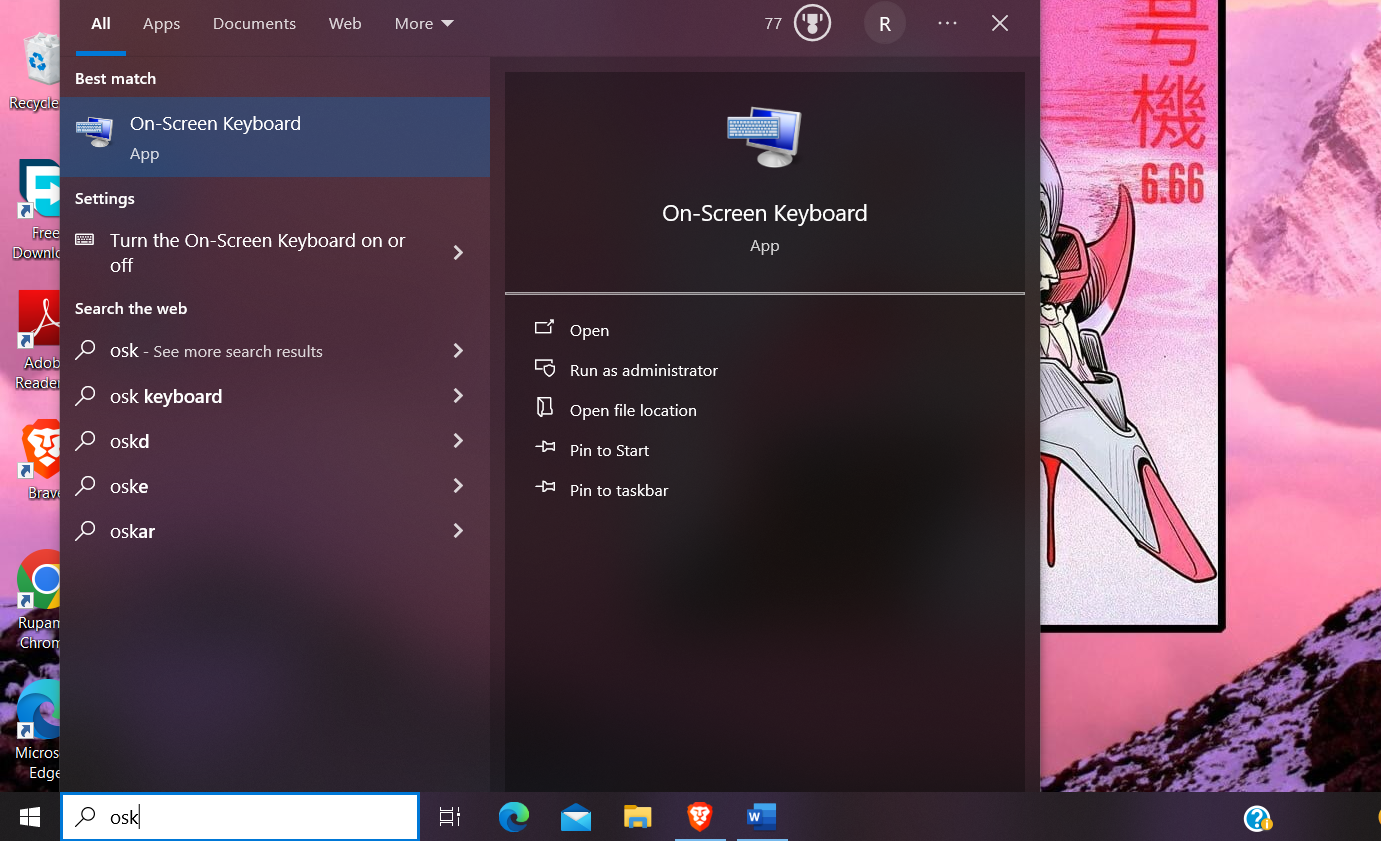
2. The on-screen keyboard will appear, allowing you to use all the Windows keyboard shortcuts.

3. If you specifically need to access the Task Manager using CTRL+ALT+DEL, you can right-click on the taskbar and select “Task Manager” from the context menu.
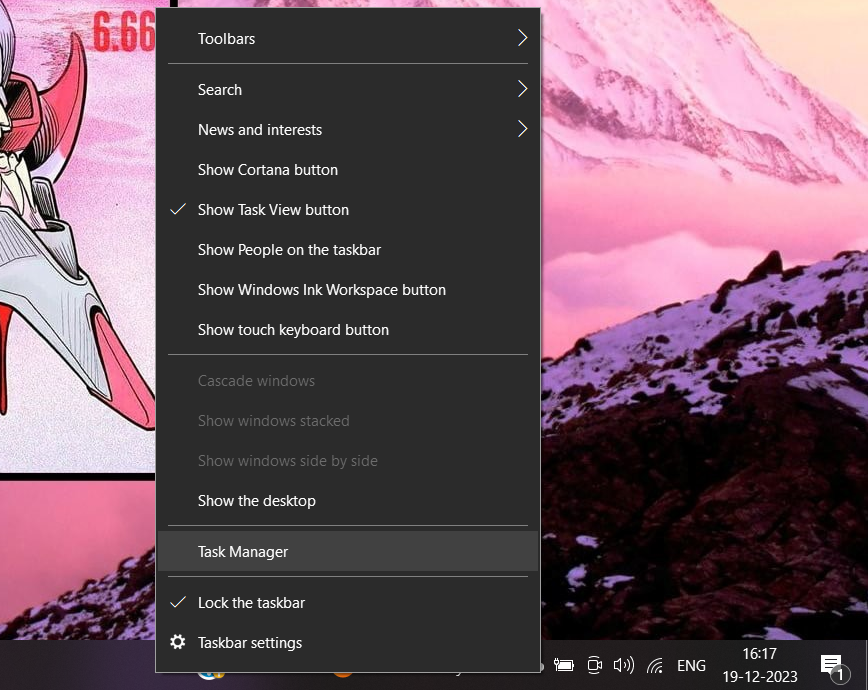
4. Another option is to simply type “Task Manager” into the Windows search bar if the RDP host is running Windows 10.
2. Using CTRL+ALT+DEL on Chrome Remote Desktop
If you are using Chrome Remote Desktop, you may have noticed that the CTRL+ALT+DEL keyboard shortcut behaves differently compared to Windows. In Chrome Remote Desktop, you need to use an alternate key combination to achieve the same functionality. Instead of CTRL+ALT+DEL, you should press CTRL+ALT+END. This will send the CTRL+ALT+DEL command to the remote computer and open the appropriate options.

It’s important to note that the keyboard shortcuts may vary for other remote desktop applications, so it is always advisable to refer to the documentation specific to the software you are using.
- Using CTRL+ALT+DEL on macOS
On macOS, the CTRL+ALT+DEL keyboard shortcut does not have the same functionality as it does on Windows. However, there are alternative methods to achieve similar results. Here are a few options:
1. Force Quit Applications: Press Command + Option + Esc to open the Force Quit Applications window. This allows you to quit unresponsive or frozen applications.
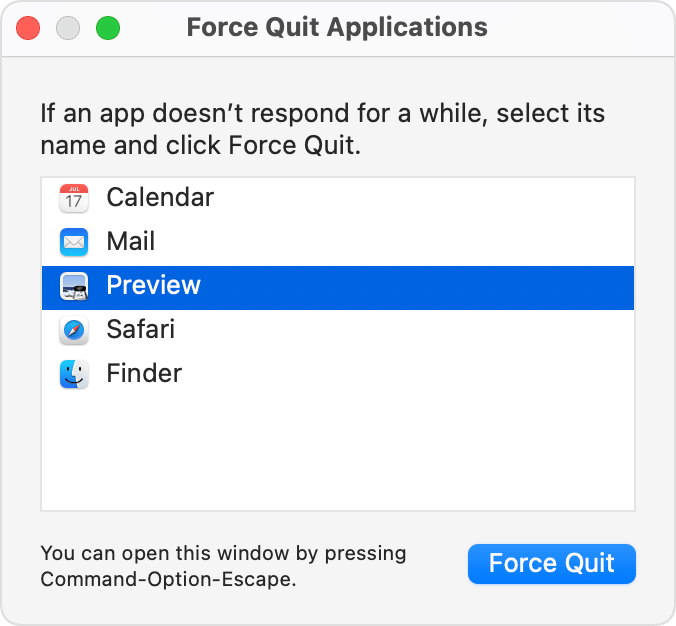
2. Activity Monitor: Access the Activity Monitor by going to Applications, then Utilities, and select Activity Monitor. This provides insights into CPU, RAM, and GPU usage, and allows you to force quit applications if needed.

It’s worth mentioning that the specific key combinations and functions may vary depending on the macOS version and the remote desktop software being used.
4. Using CTRL+ALT+DEL on Linux
Linux distributions, such as Ubuntu and Debian, do not have a specific function assigned to CTRL+ALT+DEL by default. However, Linux offers a high level of customization, allowing users to configure their key combinations. Here are a couple of methods to achieve similar results in Linux:
1. System Monitoring Tools: Linux provides various system monitoring tools like Gnome System Monitor or KDE System Guard. These tools allow you to monitor hardware usage and close unresponsive applications.
2. Command Line: Linux users can leverage the power of the command line to manage system performance and execute commands. For example, the “kill” command can be used to shut down unresponsive applications.
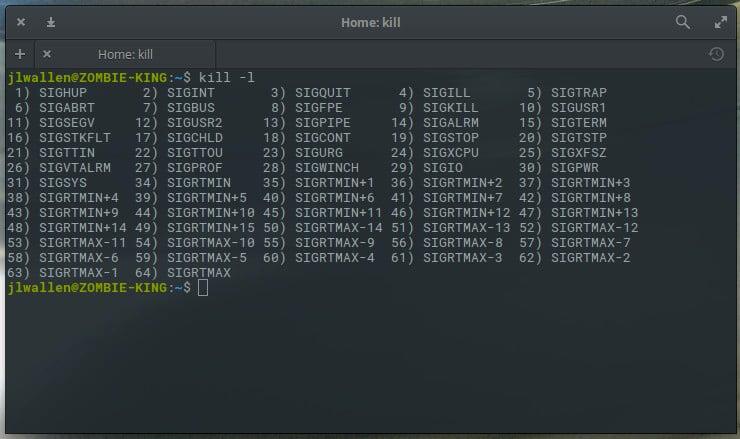
It’s important to note that the exact methods and key combinations may vary depending on the Linux distribution and the user’s customization preferences.
Conclusion
In conclusion, utilizing CTRL+ALT+DEL in Remote Desktop Protocol (RDP) can enhance your remote desktop experience by providing access to essential functions and system controls. Whether you are using Windows, macOS, Linux, or even Chrome Remote Desktop, there are methods available to achieve the desired outcome. By following the instructions and techniques outlined in this guide, you can effectively use CTRL+ALT+DEL in RDP connections and take advantage of the power and convenience it offers.
Remember, mastering keyboard shortcuts and remote desktop functionality can greatly improve your productivity and efficiency, especially in an increasingly remote-driven work environment. So, take the time to familiarize yourself with these techniques and make the most out of your remote desktop experience.
People also ask:
Q: Can I use CTRL+ALT+DEL in RDP on any device?
A: Yes, you can use CTRL+ALT+DEL in RDP on various devices, including Windows, macOS, Linux, and even mobile devices running Android or iOS. However, the specific key combinations and methods may vary depending on the operating system and the remote desktop software being used.
Q: Why is CTRL+ALT+DEL important in RDP?
A: CTRL+ALT+DEL is important in RDP as it provides access to critical functions such as the Task Manager, lock computer, switch user accounts, and more. These functions are essential for managing and troubleshooting remote machines effectively.
Q: Can I customize the key combinations for CTRL+ALT+DEL in RDP?
A: While the default key combination for CTRL+ALT+DEL cannot be changed, you can explore customization options within your remote desktop software to define alternative key combinations or shortcuts for specific functions.
Q: Are there any security considerations when using CTRL+ALT+DEL in RDP?
A: Yes, when using CTRL+ALT+DEL in RDP, it is crucial to ensure the security of your remote desktop connection. Use strong passwords, enable two-factor authentication if available, and keep your remote desktop software up to date to protect against potential unauthorized access.
Q: Can I use CTRL+ALT+DEL in RDP to reboot a remote computer?
A: Yes, you can use CTRL+ALT+DEL in RDP to reboot a remote computer. You can initiate a reboot or shutdown process remotely by accessing the Task Manager or the power-related options.




